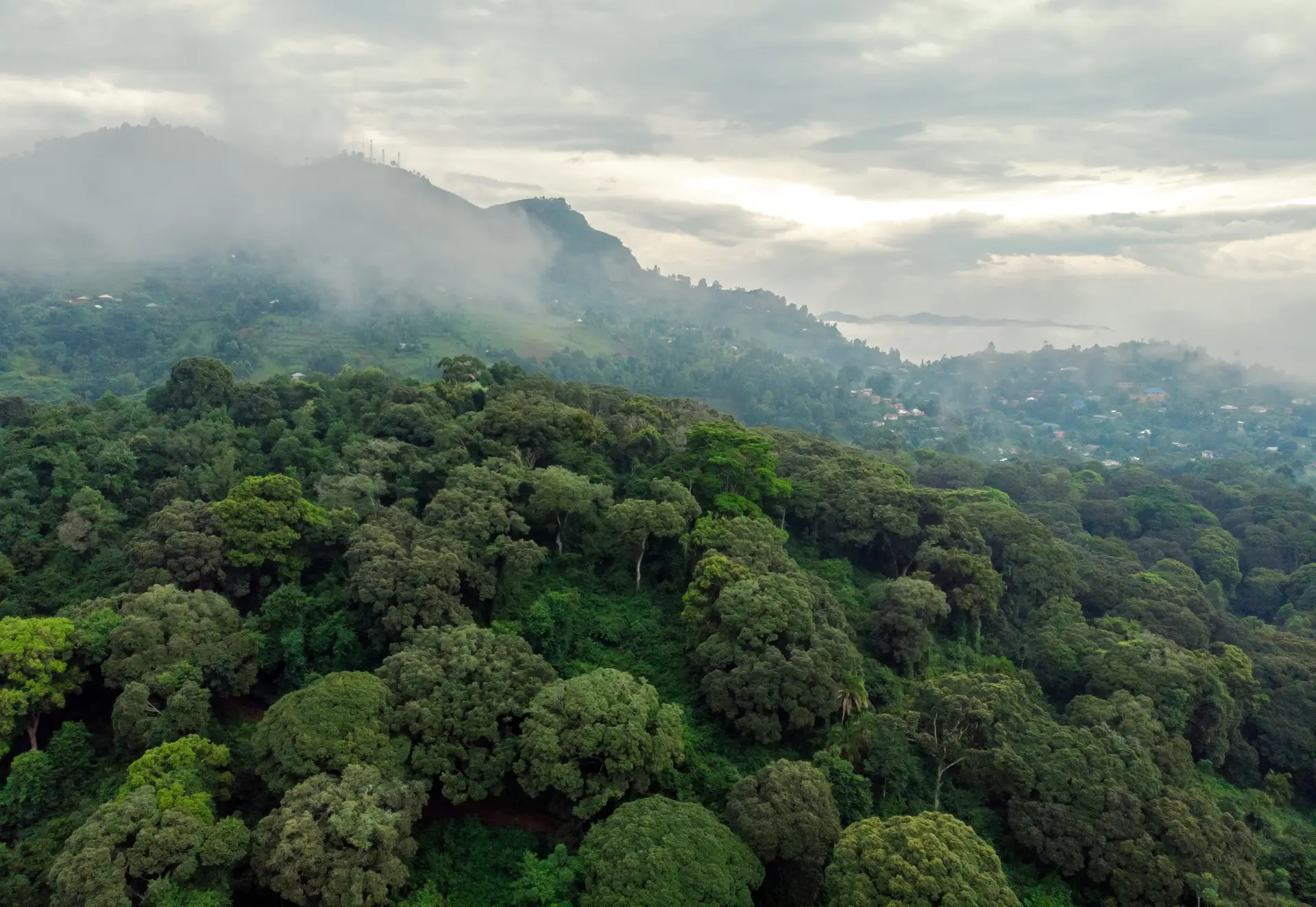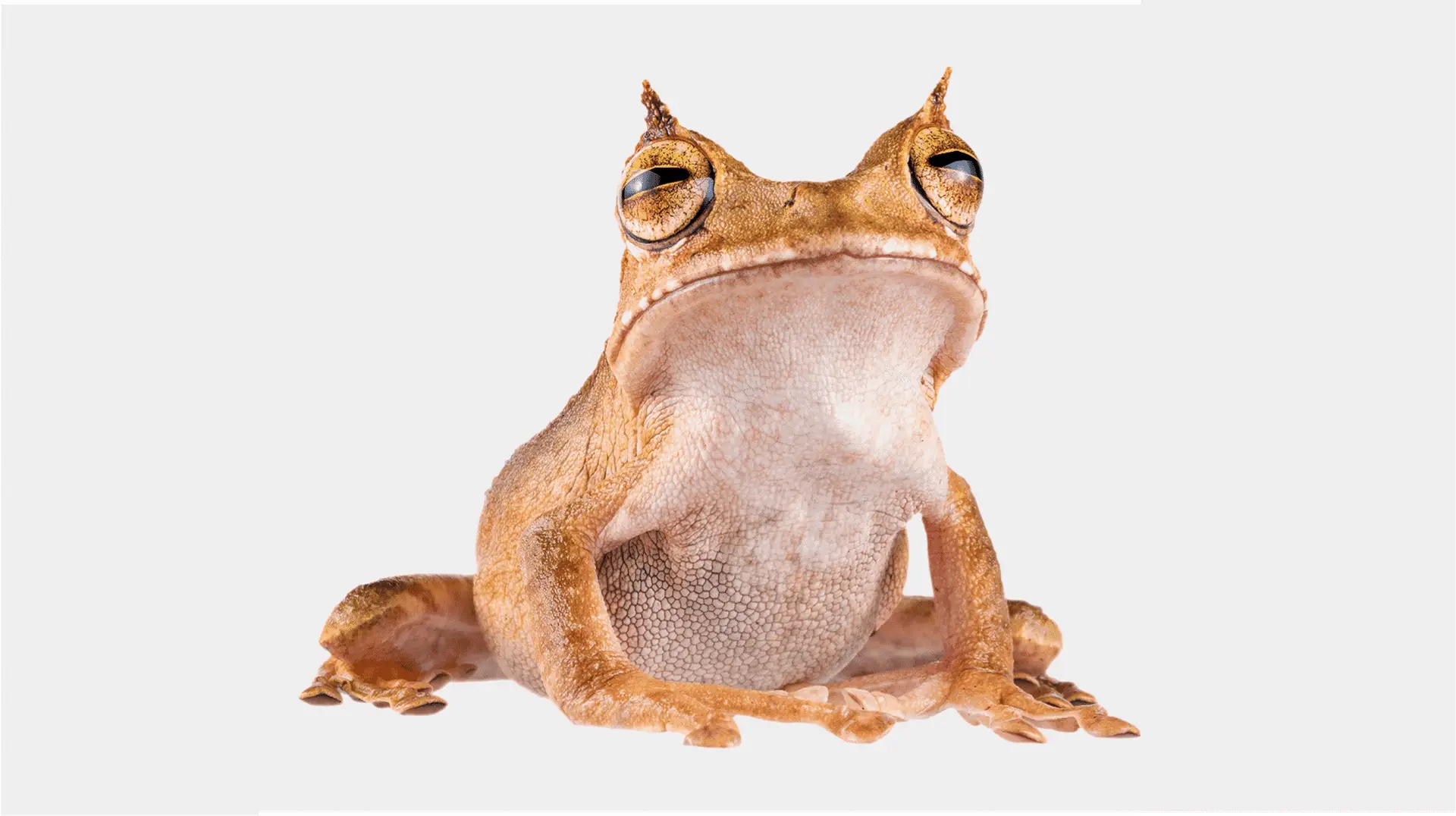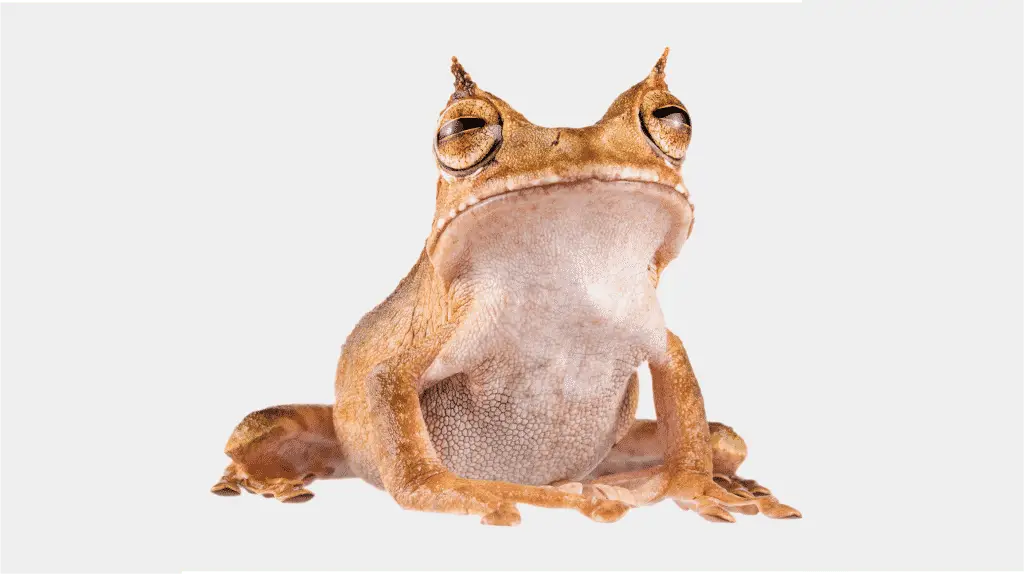The World’s Smallest Chameleon Now Discovered

The World’s Smallest Chameleon Now Discovered
Contributed by Megan Watson
A new species of chameleon, Brookesia nana, has recently been discovered in the mountainous forests of northern Madagascar. Measuring just less than 30 millimeters in length, it may be the smallest reptile ever identified, according to research published in Scientific Reports. Nicknamed B. nana for short, this amazing species is a member of a genus comprising around 13 other tiny chameleons found throughout the region. Sadly, however, scientists expect the chameleon to soon be considered critically endangered.
The size of a sunflower seed
So far, only one adult male and one adult female specimen has been discovered. The male measures a mere 21.6 millimeters in length, while the female is significantly longer at 28.9 millimeters. It’s thought this discrepancy in size (known as sexual dimorphism) may be the reason for the male’s larger genitalia, which equals almost 20% of its body length, herpetologist Frank Glaw of the Bavarian State Collection of Zoology explains. However, at the moment, since only two individuals have been identified, it’s difficult to know whether these sizes are the norm for the species. Ultimately, it’s unknown why B. nana evolved to be so tiny, however it probably makes them more efficient at catching prey with their projectile tongues. Similar to other chameleons, B. nana uses its projectile tongue to catch tiny invertebrates like mites and springtails on the rainforest floor during the day.
The need for conservation
Unfortunately, habitat degradation and deforestation put a question mark over this tiny reptile’s future. The region’s increasing population and poverty levels have forced inhabitants to clear rainforests for agriculture (94% of Madagascar’s previously forested lands have now been deforested). As such, it’s likely B. nana will be officially considered critically endangered by the International Union for Conservation of Nature (IUCN). However, Sorata massif, the region where the B. nana was found, has at least recently been made a protected area by the Malagasy government.
Moreover, 36% of all chameleon species worldwide are actually facing extinction, the SSC Chameleon Specialist Group finds. Nine species are listed as critically endangered, 37 as endangered, and 20 as vulnerable — resulting in 66 species of threatened chameleons in total. More than just chameleons, the whole reptile family is facing a bleak future with 19% currently threatened by extinction. In fact, an average of nearly one million endangered and threatened snakes are legally sold every year on the international market, which puts snake species, human health, and entire ecosystems at risk. People looking to keep snakes as pets should at least choose species that aren’t endangered. The Amazon Tree Boa The Amazon Tree Boa, for example, is currently classified as “least concern” by the IUCN.
How small is the smallest?
B. nana’s minute size raises the question of just how small it’s possible for vertebrates to be. There are frogs, for example, that are still actually much smaller. However, surface area eventually becomes a problem for tiny creatures who, surprisingly, typically have larger surface area to volume ratios than big creatures. And, when these ratios are high, the more the animal becomes at risk of water loss. “There also seems to be a limit as to where you can put all the stuff you have,” says researcher Tony Gamble. Many small creatures have reduced skull sizes or overlapping bones, and some lose entire structures through evolution.
Ultimately, this discovery serves as a reminder to everyone just how diverse the island of Madagascar is. “I think what keeps stories like this front and center in our imagination is that every time something like this is discovered, it’s like, ‘Oh man, I guess [living creatures] can get a little smaller,’” says Gamble.


